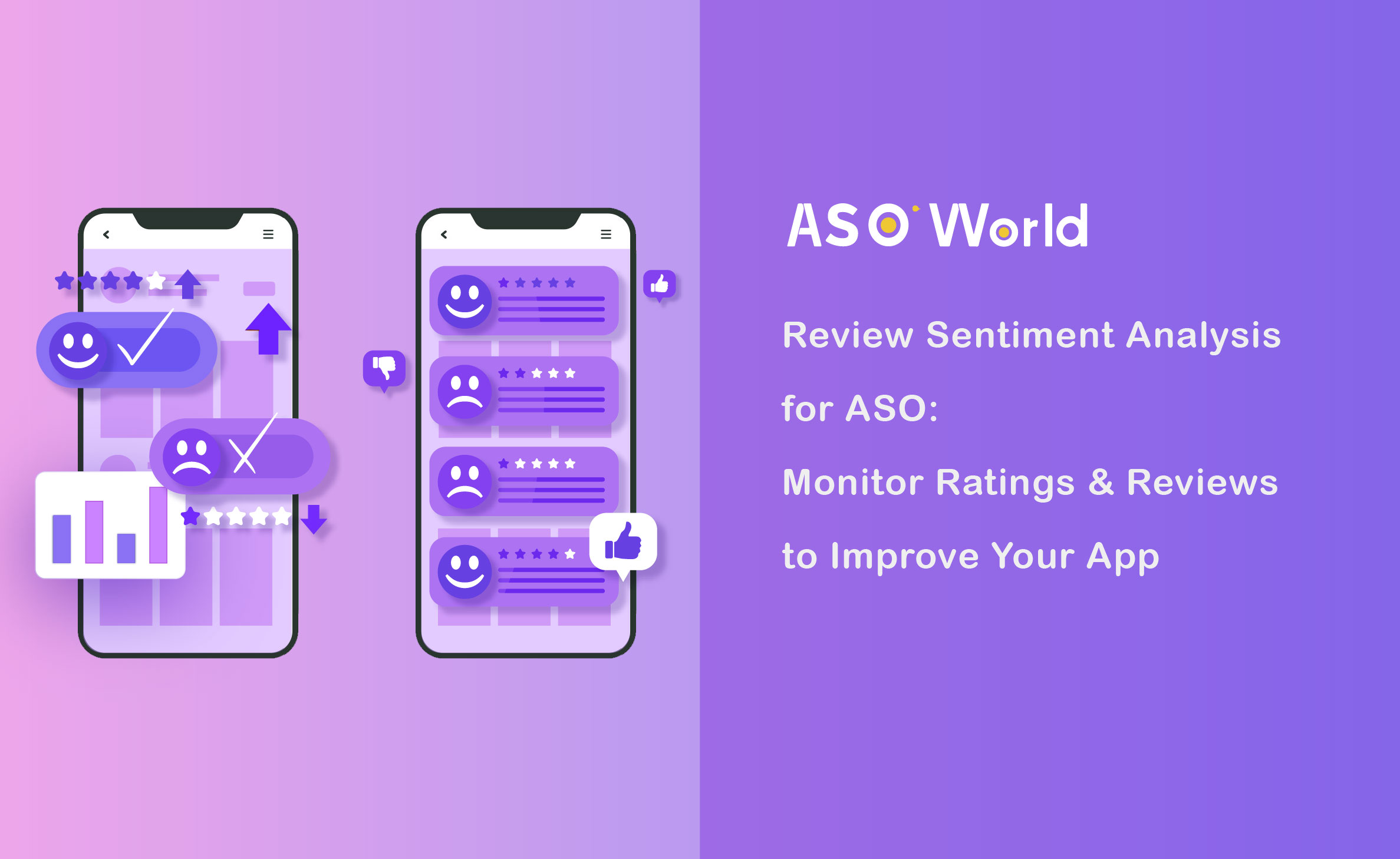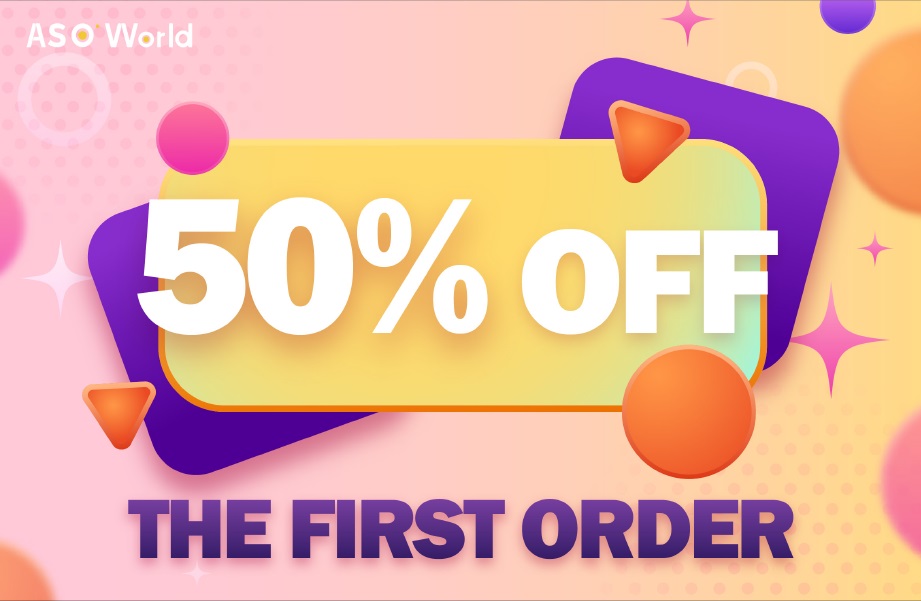






On both the App Store and Google Play, users trust other users. Their opinions influence visibility, conversion, keyword ranking signals, and even the algorithms that decide where and how often your app appears.
For developers and app marketers, this makes reviews far more than reputation indicators — they're a direct stream of user insights. Hidden inside thousands of comments are patterns about what users love, what frustrates them, and what you should prioritise next.
One of the most effective ways to uncover these insights is through review sentiment analysis — a method that analyses reviews at scale to extract themes, emotions, keywords, and emerging trends.
In this article, we'll break down why sentiment analysis matters, how to apply it for better ASO metadata, and how it can transform product, creative, and growth decisions across your entire team.
For fast-scaling apps and mobile-first companies, understanding this feedback at scale is no longer optional — it's foundational to both ASO and broader product strategy.
Sentiment analysis brings structure to the chaos. Instead of reading thousands of individual reviews, your team can instantly understand:
This gives you the clarity to prioritise the right improvements and messaging — not based on intuition, but on user-derived evidence.
The clearest benefit of sentiment analysis is identifying actionable product insights.
By clustering review topics (e.g., “login issues”, “video quality”, “notifications”, “ads”) and assigning sentiment, you can spot patterns such as:

(Source From FoxData)
Sentiment analysis highlights which issues matter most to users, helping your team:
👉 The Understanding and Practice Collect User Feedback and Reviews for Mobile Apps
Imagine your app introduces a redesigned onboarding flow.
Within two weeks, sentiment analysis shows a spike in reviews mentioning “confusing”, “can't finish setup”, or “stuck on login”. Rather than waiting for support tickets or analytics anomalies, this gives your team an immediate signal to roll back, patch, or iterate — avoiding unnecessary churn.
Sentiment trends also help teams evaluate the impact of big content changes, subscription adjustments, or experience tweaks. A long-term view of sentiment shows whether updates genuinely improve retention, not just short-term engagement metrics.
👉 Tip: Pair this with weekly or monthly review monitoring dashboards to catch issues early and strengthen cross-team decision making.

This is where sentiment analysis becomes a growth multiplier.
Users naturally describe your app using the same terms they search for.
Sentiment analysis reveals these recurring “organic keywords”.
For example:
If users frequently mention “easy to use”, “habit tracker”, “budget planning”, or “photo filters”, these can become:
Aligning your store listing with real user language increases keyword relevance, improves conversion, and builds credibility with new visitors.
👉 How To Enlarge Your App Store Searching Traffic With Keyword Research & Keyword Optimization?
If reviews repeatedly include complaints like “slow loading”, “ads everywhere”, or “drains battery”, avoid highlighting those features until they’re fixed.
Promotional claims that contradict user sentiment reduce trust and can depress conversion rates.
Sentiment analysis also reveals what users most appreciate.
These insights can guide your screenshot strategy by helping you:
For example, if your health app receives a high volume of positive reviews containing “sleep tracking”, “guided breathing”, or “stress relief”, these become strong candidates for screenshot captions or custom product page (CPP) variations.
Discover detailed ASO success stories here 👉 Dating App Case Study: +430% User Retention Rates through User Experience Optimization
Sentiment analysis doesn't just help you refine the main product page — it can unlock new audience segments and campaign angles.
By identifying the strongest feature themes in your reviews, you can create CPPs tailored to users searching for specific benefits such as:
When paired with Apple Search Ads or Google App Campaigns, CPPs that reflect user-reviewed benefits often deliver significantly stronger conversion because:
👉 App Marketing Strategy: How to Leverage Custom Product Pages to Increase Conversion Rates?
If many users praise your app for “offline mode”, “no ads”, or “custom playlists”, these insights could inform new CPPs that target:
Sentiment analysis therefore becomes not just a diagnostic tool, but a creative brief generator for your marketing team.
👉 Expert tip: Always analyse competitor reviews too. Identifying what their users complain about helps you position your app with more clarity and differentiation.
👉 App Review Analysis: How to Gain Competitor Insights to Improve App Performance
Sentiment analysis unlocks the emotional truth behind user behaviour, allowing developers to fix what truly matters, emphasise what users love, and align product updates with growth needs. When combined with structured review acquisition and interpretation, you create a closed ASO loop where product quality, user feedback, and store performance continuously reinforce each other.
And while insights guide your roadmap, sustaining a healthy review profile requires consistent, high-quality review inflow.
This is where ASOWorld's Review Install Service strengthens the loop even further.
ASOWorld provides:
These help apps:
If you want your sentiment insights to translate into real ranking power, ASOWorld’s review-boosting solution gives your ASO growth loop the missing fuel — enabling higher trust, stronger conversion, and sustainable long-term visibility.
Get a good start for your app optimization with practical ASO guideline!
Want to get the latest Guides & Insights from ASOWorld?
Related posts